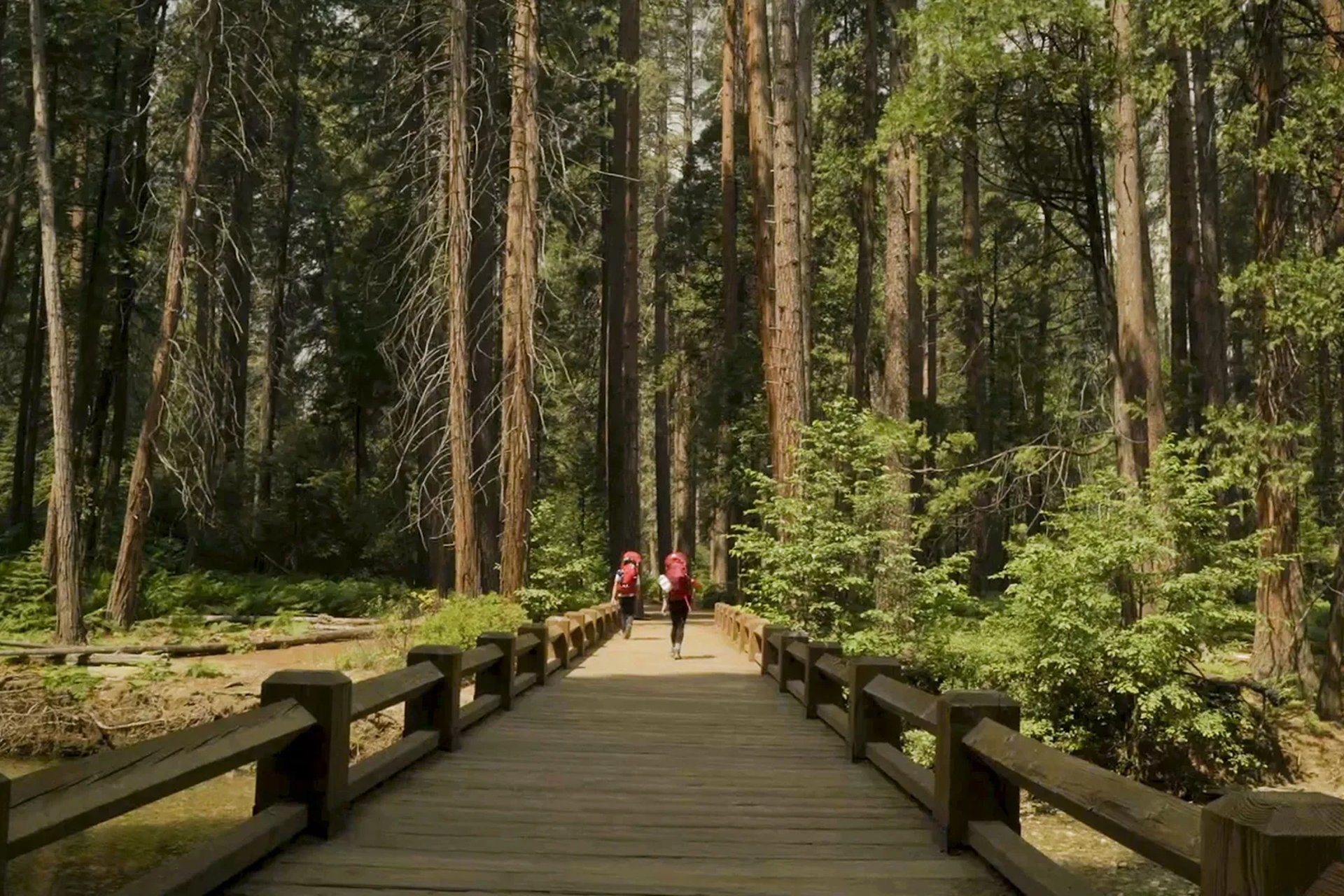
Getting Started with Outdoor Photography: Tips for Beginners on Capturing Nature and Landscapes Effectively
Discover how to capture the beauty of the outdoors with confidence. This beginner’s guide to outdoor photography covers essential tips for shooting nature, landscapes, and garden scenes—from lighting and composition to camera settings and creative perspective—so you can take stunning photos wherever your adventures lead.
OUTDOOR PHOTOGRAPHY AND JOURNALING
P & P
10/8/20254 min read


Getting Started with Outdoor Photography: Tips for Beginners on Capturing Nature and Landscapes Effectively
Disclosure: Papaver and Petals is a participant in the Amazon Services LLC Associates Program, an affiliate advertising program designed to provide a means for sites to earn fees by linking to Amazon.com and affiliated sites. As an Amazon Associate, we earn from qualifying purchases at no extra cost to you.
The Joy of Outdoor Photography
There’s something uniquely rewarding about photographing the outdoors—the shifting light, open landscapes, and the ever-changing beauty of nature. Whether you’re exploring local trails, visiting gardens, or simply enjoying your backyard, outdoor photography encourages you to slow down, observe, and connect more deeply with your surroundings.
For beginners, the key is not expensive equipment but understanding light, composition, and patience. With a few simple techniques, anyone can start taking photos that truly capture the magic of the moment.
Start with the Right Equipment
You don’t need a professional camera to get started. The best camera is often the one you have with you—whether that’s a smartphone or a basic DSLR. What matters most is learning how to use it effectively.
For beginners:
Smartphones: Modern phones have powerful cameras. Use manual or “pro” modes to adjust focus, exposure, and white balance.
DSLR or Mirrorless Cameras: Great for those who want more control. Start with a mid-range lens (like an 18–55mm or 24–70mm zoom) that can handle wide landscapes and closer details.
Canon EOS Rebel T7 DSLR Camera - https://amzn.to/3LNdWxZ
Accessories: A lightweight tripod and a polarized filter are worth adding to your kit for sharper, more vibrant outdoor shots.
74-inch-Professional-Camera-Photography-Tripod - https://amzn.to/3XnNs8Z
Understand Natural Light
Lighting is everything in outdoor photography. The time of day can completely change how your photos look and feel.
Golden Hour: The hour after sunrise and before sunset provides soft, warm light that flatters everything it touches—perfect for landscapes, gardens, and portraits.
Midday Sun: Can create harsh shadows. Use this time for creative angles, close-ups, or shaded subjects.
Overcast Days: Ideal for even lighting—great for capturing colors and textures in plants, flowers, and water.
If you’re shooting near sunrise or sunset, plan ahead—know where the sun will rise or set relative to your subject for the best angles.
Composition: Framing the Scene
Strong composition separates a snapshot from a stunning photograph. Follow a few simple guidelines:
Rule of Thirds: Imagine dividing your frame into nine equal sections. Place key elements (like a tree, person, or mountain) along these lines or where they intersect.
Leading Lines: Paths, fences, rivers, or shadows naturally draw the viewer’s eye into the frame.
Foreground Interest: Add depth by including something close—rocks, flowers, or textures that anchor your image.
Balance: Keep your frame harmonious by balancing visual weight, like pairing a large object on one side with smaller details on the other.
Don’t be afraid to experiment—sometimes the most striking images come from breaking the “rules” with intention.
Focus on the Details
While sweeping landscapes are captivating, don’t overlook the smaller details that tell a story.
Capture dew on petals, bark textures, or sunlight through leaves.
Use a shallow depth of field (a low f-stop number) to blur the background and emphasize your subject.
Try getting low to the ground or changing angles for a fresh perspective.
These small moments can bring your audience closer to the natural world you’re experiencing.
Work with Weather and Atmosphere
Weather can transform the mood of your photos.
Sunny Days: Great for bright colors and sharp contrasts.
Cloudy Skies: Create soft, moody tones—ideal for forest and mountain scenes.
After Rain: Surfaces glisten, colors pop, and reflections form in puddles.
Fog or Mist: Adds mystery and depth, especially in wooded or coastal areas.
Embrace nature’s unpredictability—some of the best shots happen when conditions change suddenly.
Learn to Edit Thoughtfully
Post-processing isn’t cheating—it’s finishing what your camera started. Adjusting exposure, contrast, and color balance can make your image match the beauty you saw in person.
Simple edits for beginners:
Straighten your horizon.
Enhance contrast slightly for depth.
Boost saturation gently to make greens and blues pop.
Crop to strengthen composition.
There are free or affordable editing tools like Lightroom Mobile and Snapseed that make this process intuitive.
Practice and Patience
Photography is both technical and artistic—it takes time to develop your eye. Practice regularly in different environments: gardens, beaches, mountains, or even your backyard. Over time, you’ll notice how light, weather, and perspective influence your photos.
Keep a small journal or notes on what worked and what didn’t. Every shot teaches you something new about your camera, your style, and the natural world.
Ethical Photography in Nature
Outdoor photography comes with responsibility. Always respect wildlife and the environment:
Stay on trails to protect delicate ecosystems.
Don’t pick or disturb plants.
Keep a respectful distance from animals.
Leave no trace—take only photos, leave only footprints.
By photographing nature ethically, you help preserve the very beauty you’re trying to capture.
Final Thoughts
Outdoor photography is more than a hobby—it’s a way to connect deeply with nature and capture fleeting moments of beauty. Whether it’s the golden light across a meadow or the intricate pattern of a leaf, each photo is an opportunity to see the world with fresh eyes.
Start where you are, use what you have, and let your curiosity lead. The more you explore, the more you’ll discover that great photography isn’t about perfection—it’s about presence.
